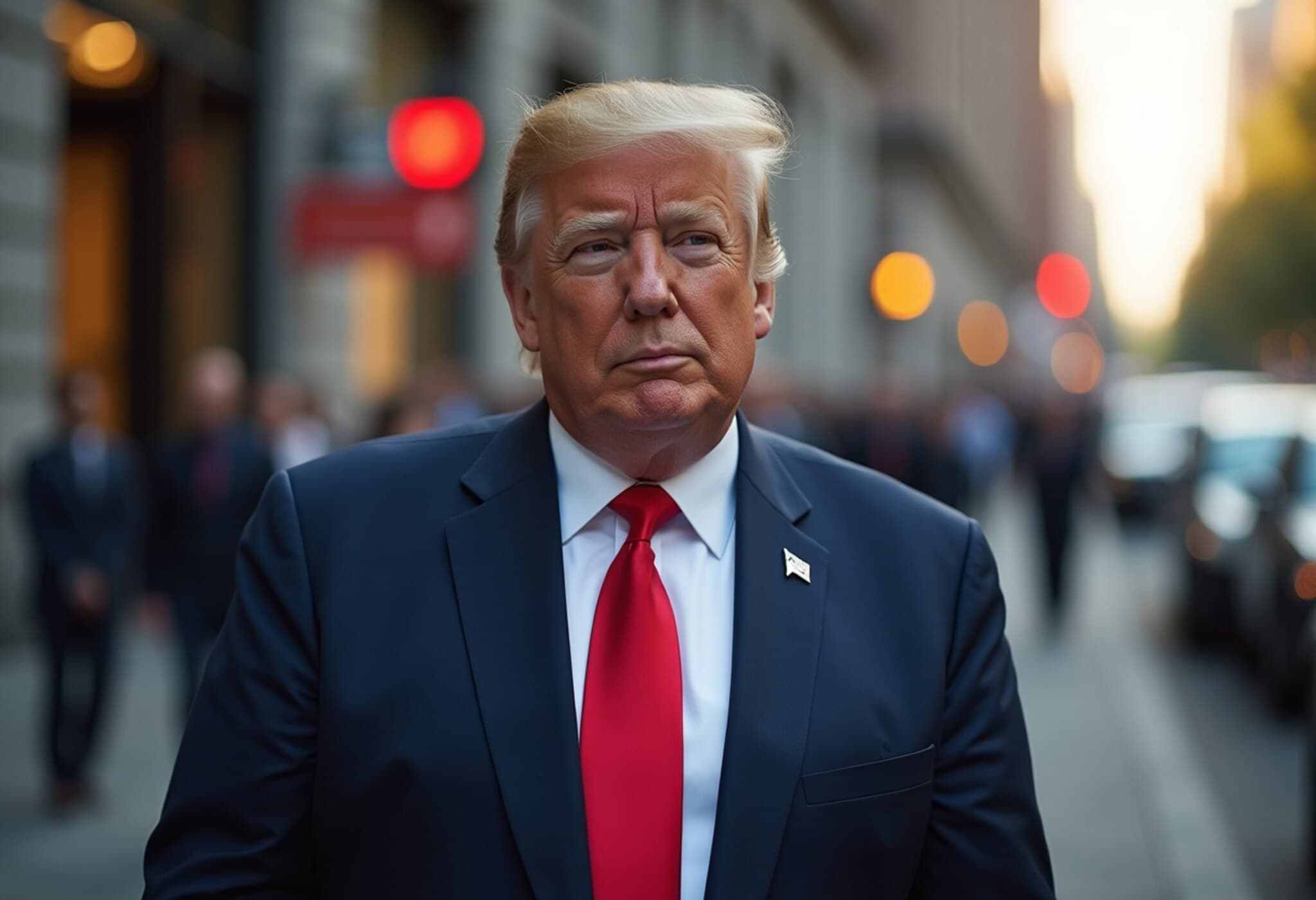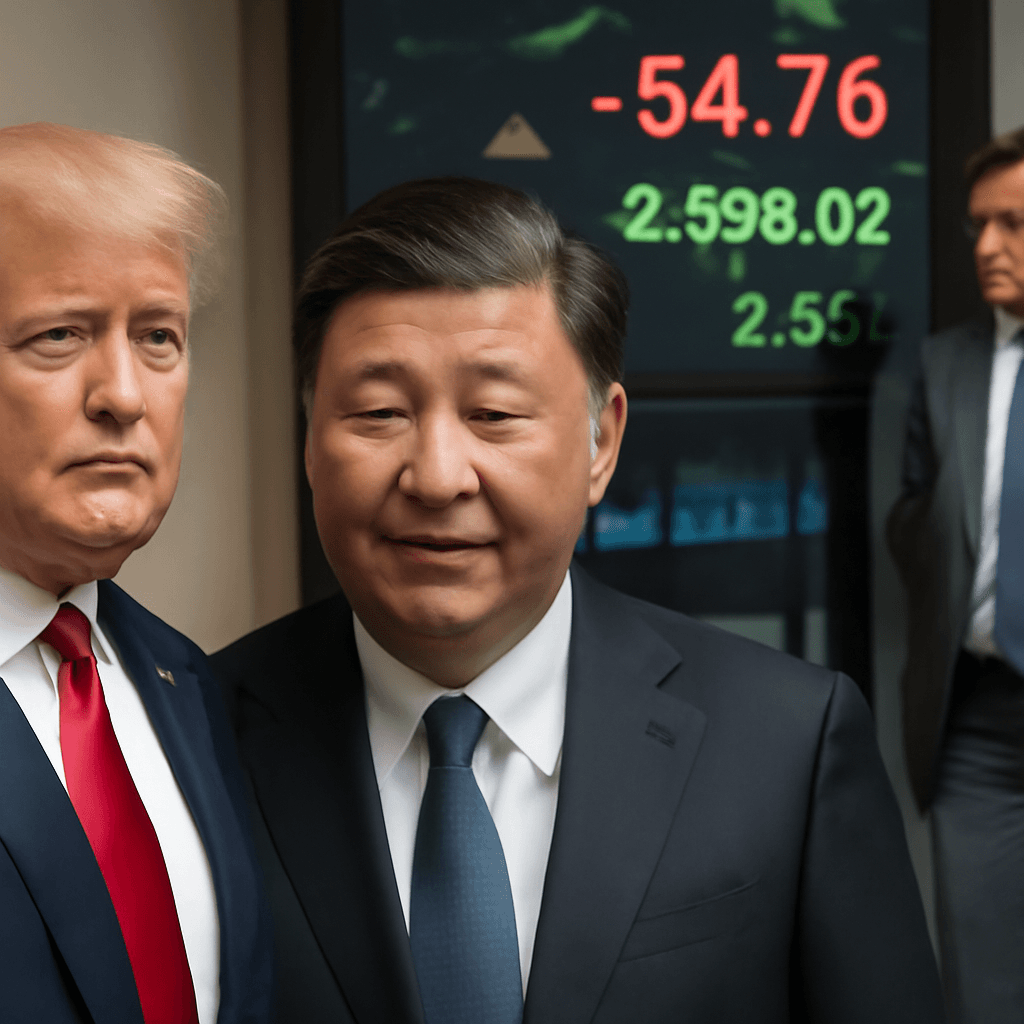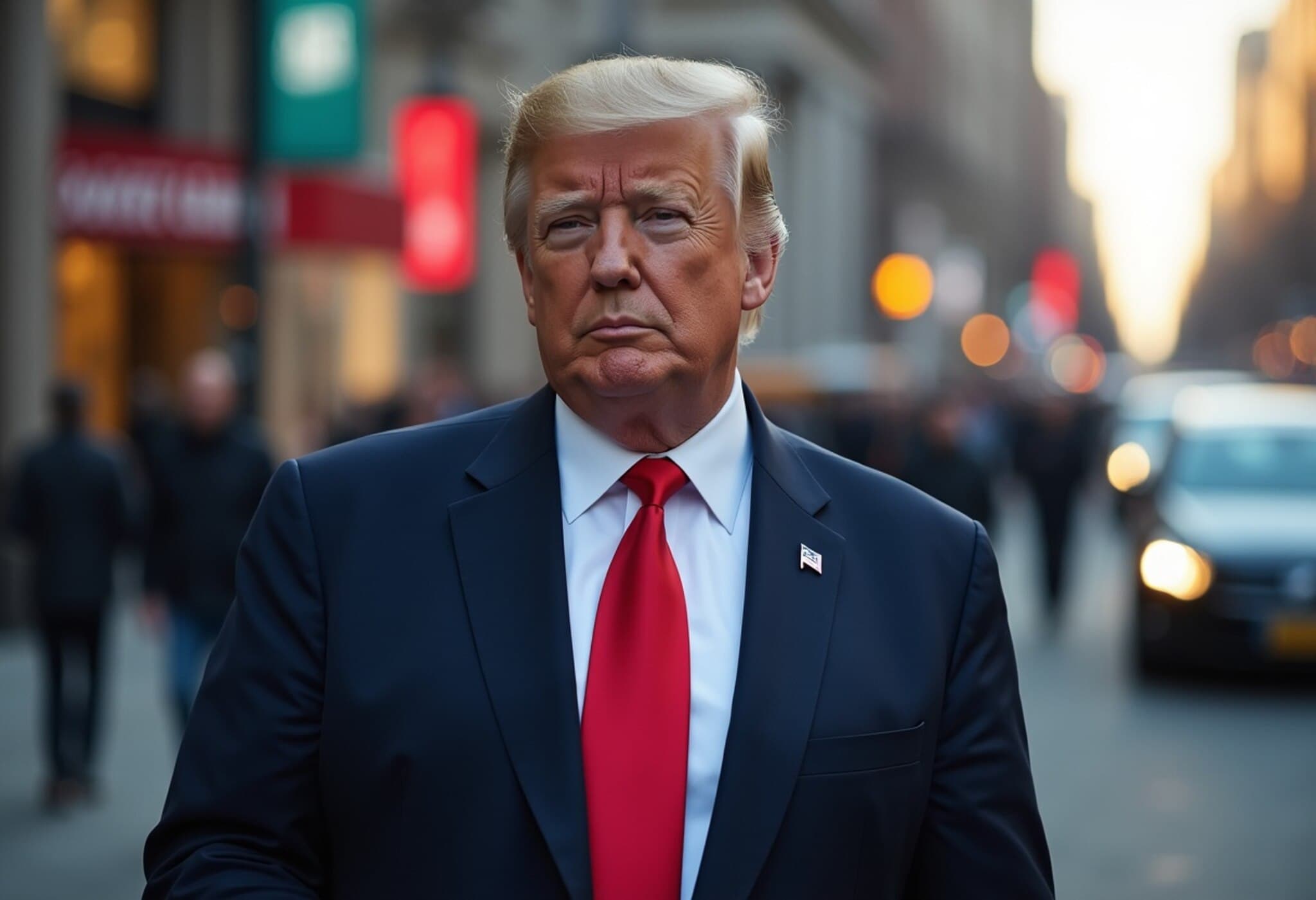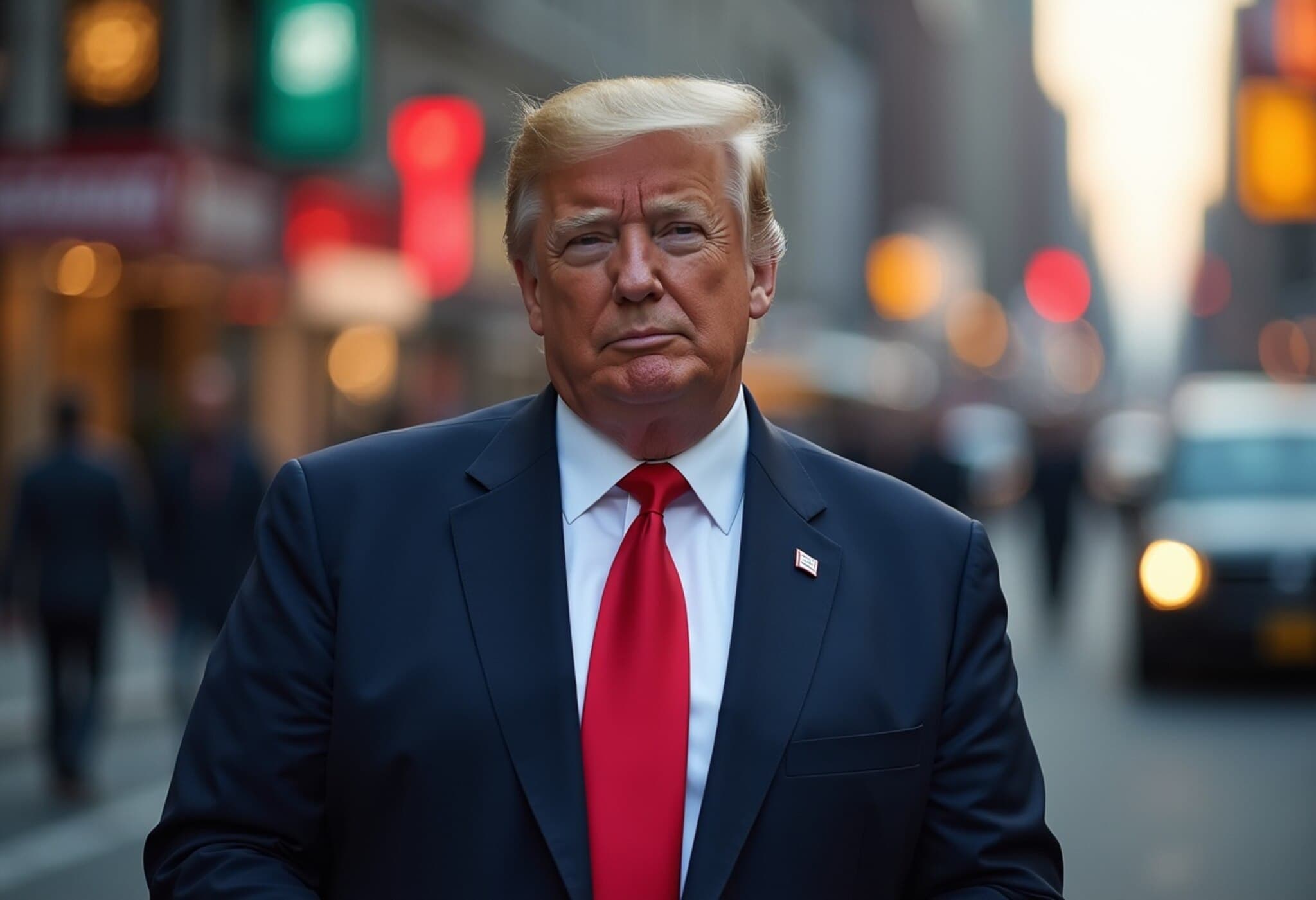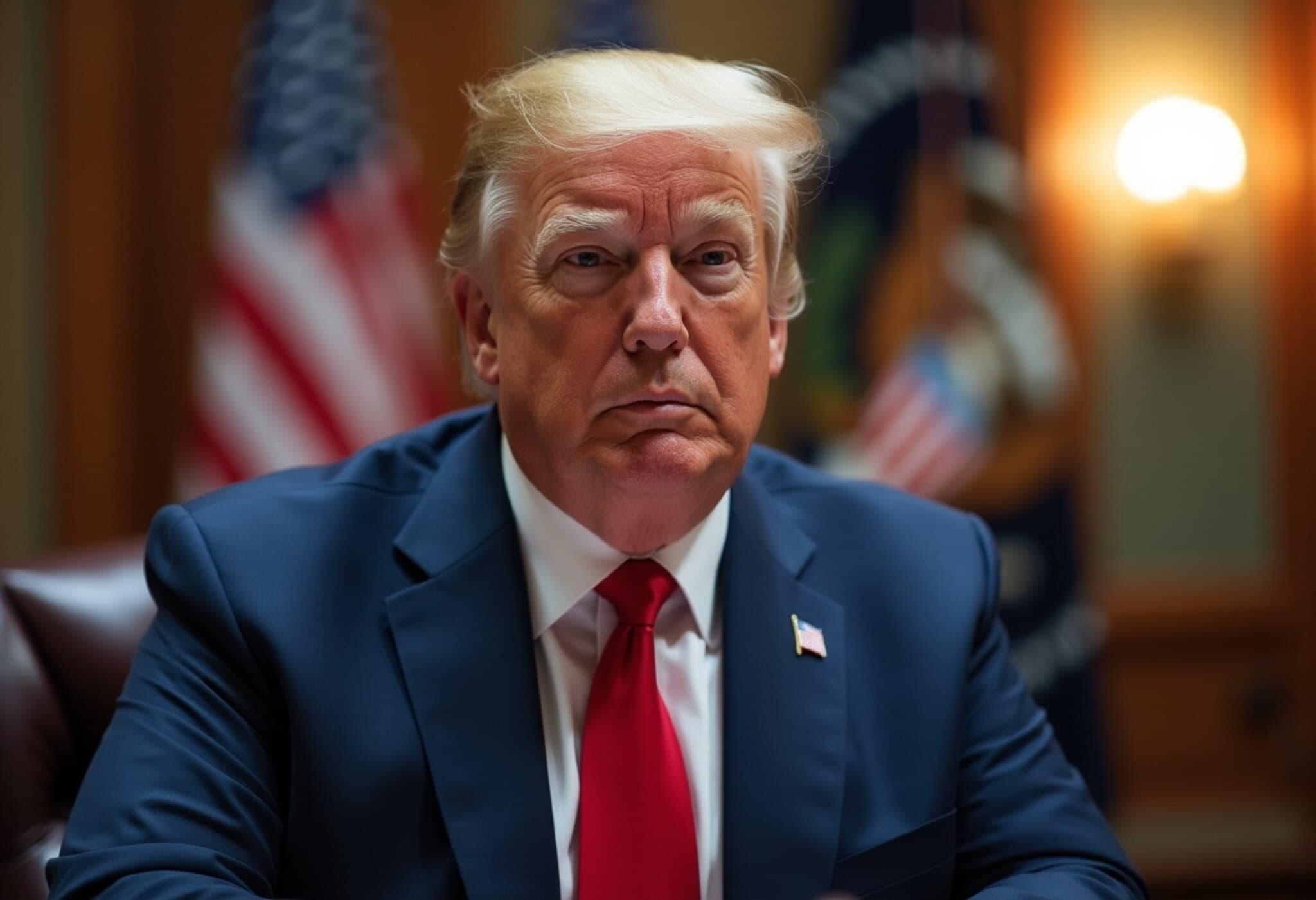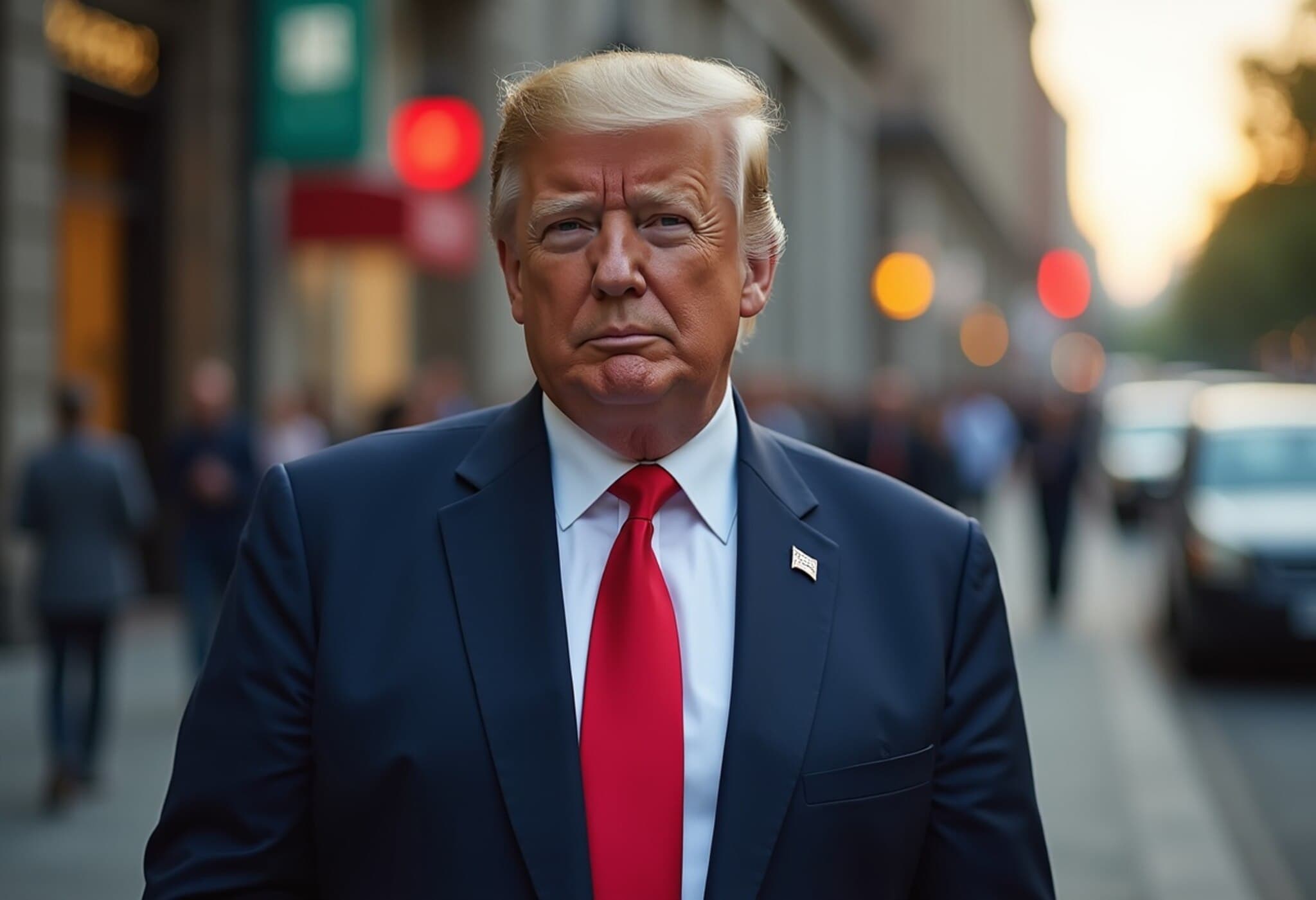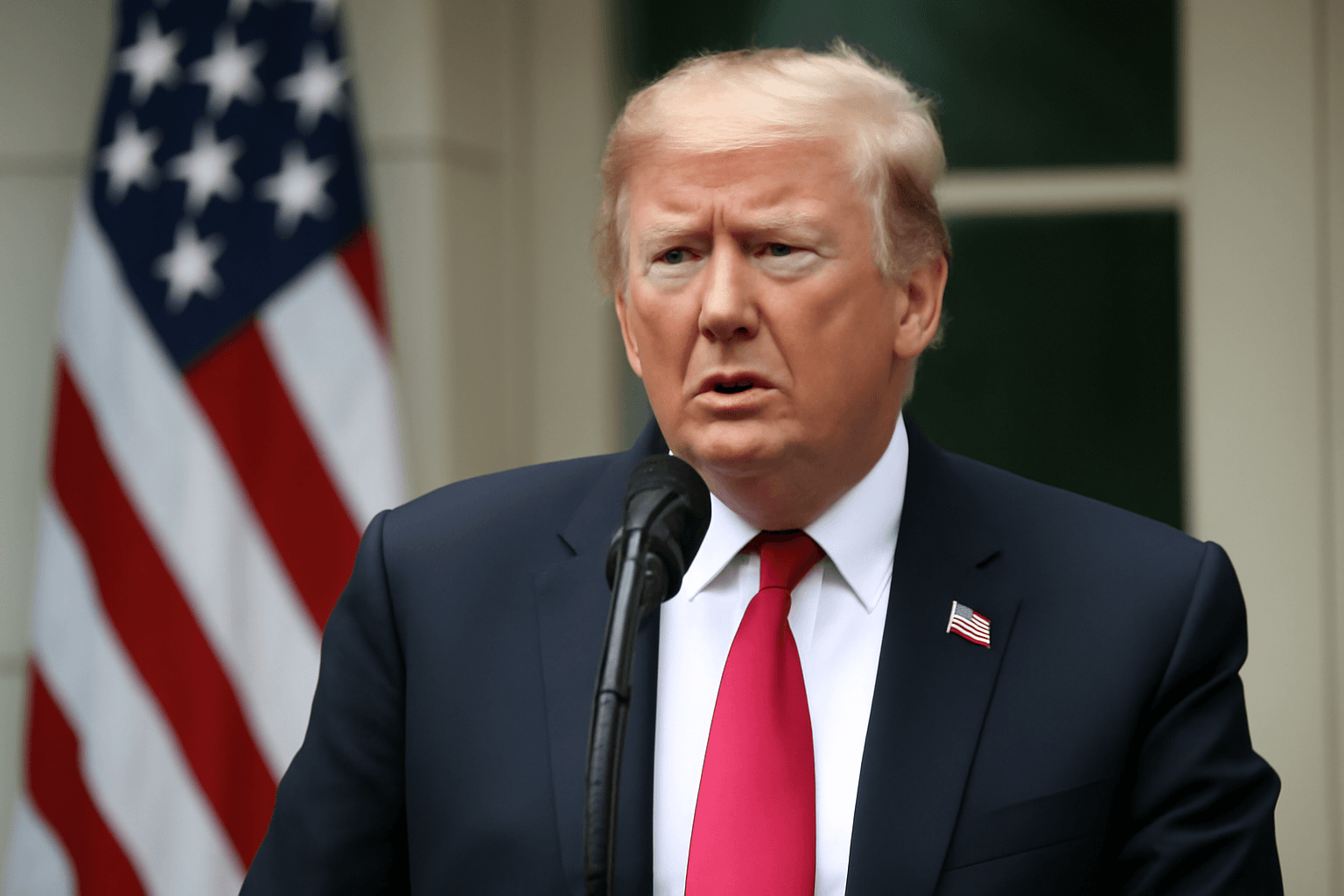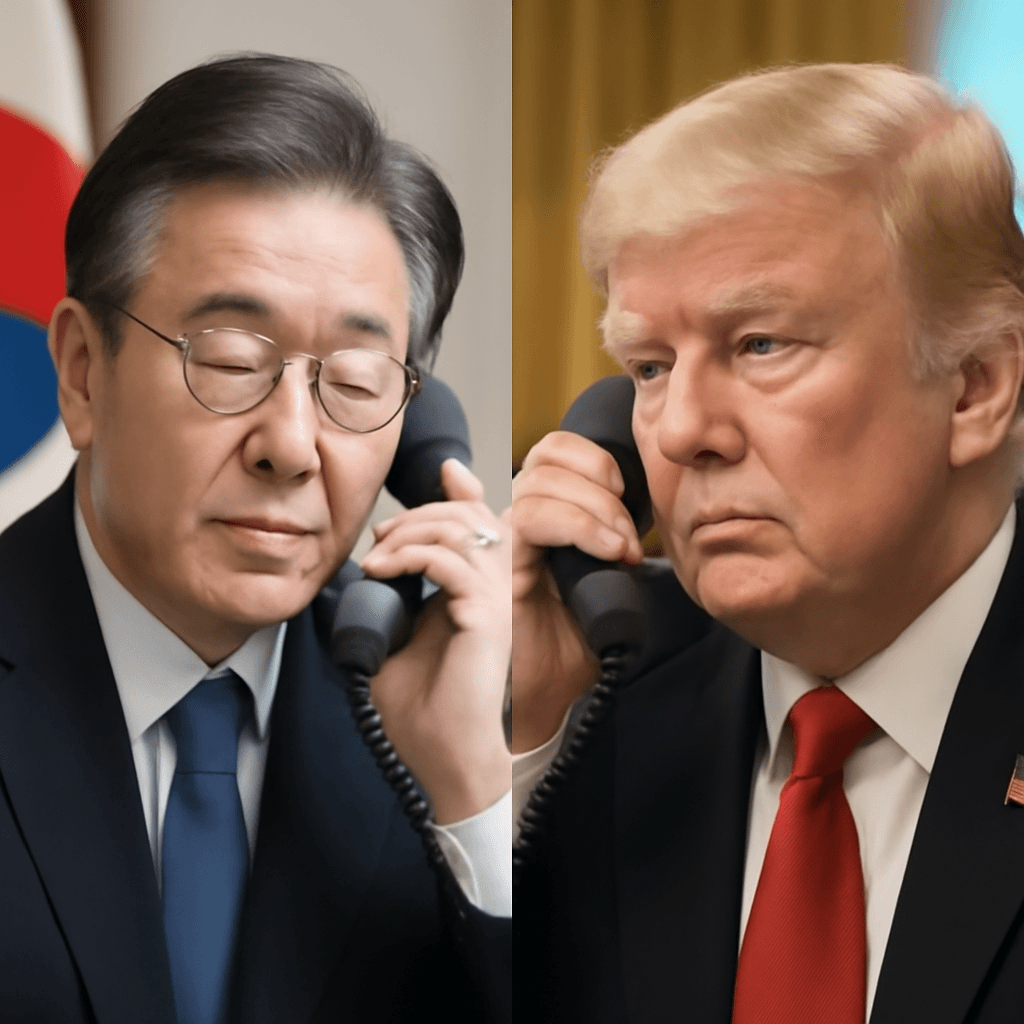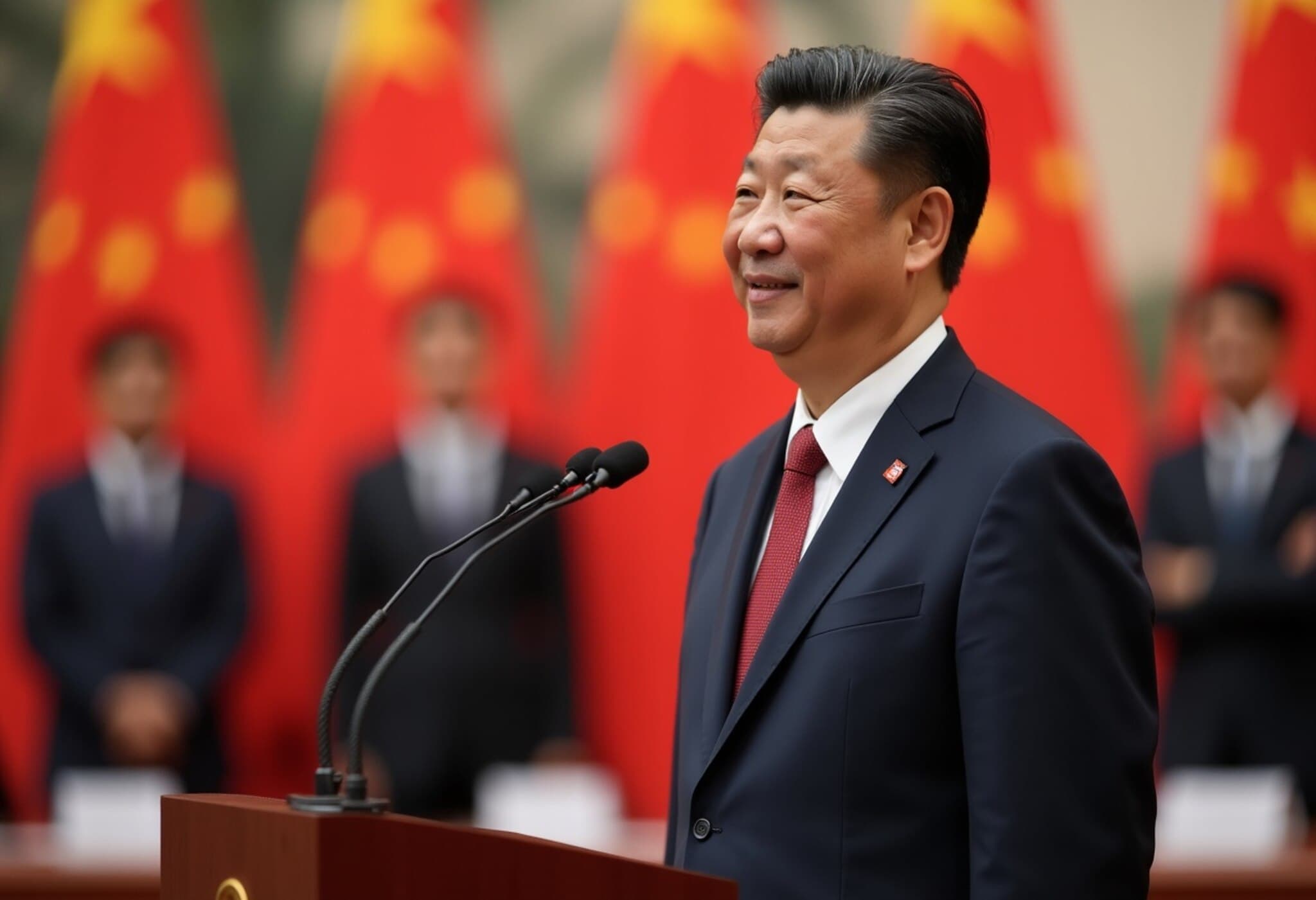US Poised for Several Trade Agreements Before July 9 Tariff Deadline
As the July 9 deadline approaches, the United States is reportedly on the verge of securing multiple new trade agreements, a move that could reshape the global trade landscape. Treasury Secretary Scott Bessent confirmed progress during an appearance on CNN's State of the Union, highlighting an imminent series of deal announcements.
Urgency as Tariffs Loom
The backdrop for these developments is a planned reinstatement of higher tariffs on a number of trading partners. Originally set for April 2 but suspended, these tariffs could snap back into place starting August 1 if negotiations fail to yield results. Bessent indicated that the administration intends to send warning letters to around 100 countries with limited trade relationships to signal a return to the April tariff levels unless significant progress is made.
President Trump's Trade Strategy: Flexibility and Pressure
President Trump has publicly expressed a fluid approach to these trade agreements. In recent remarks, he suggested the administration could either extend the tariff pause or reinstate tariffs immediately, commenting, “We can do whatever we want. We could extend it; we could make it shorter.” He further hinted at taking a blunt stance by sending letters notifying countries of steep tariff rates potentially as high as 25%.
Trump’s rhetoric underscores a tough negotiating posture, emphasizing country-by-country evaluation: “We’ll look at how a country treats us—are they good, are they not so good? Some countries we don’t care, we’ll just send a high number out.”
Implications for Global Trade
The looming tariff reinstatements and rapid-fire deal announcements signal a critical juncture in US trade policy. Trade experts note that these moves could lead to both opportunity and uncertainty:
- Boost for negotiating countries: Small to medium-sized economies might secure favorable terms if they act swiftly.
- Heightened trade tensions: Countries unwilling or unable to negotiate may face significant tariffs, potentially disrupting supply chains.
- Market volatility: Businesses globally will watch closely as tariff policies directly affect costs and competitiveness.
Expert Insight: Navigating a Shifting Trade Landscape
As a policy analyst specializing in international trade notes, "The Trump administration’s approach blends pressure with the promise of deals, but the real question is which countries will stand to benefit and which may be sidelined. The broad scope—targeting roughly 100 nations—reflects a strategic recalibration to prioritize fair trade as the administration defines it." From an American economic standpoint, the goal is to safeguard domestic industries while incentivizing competitive, equitable trade partnerships.
Looking Ahead
The critical window before August 1 presents both a challenge and an opportunity. With tariffs potentially ranging widely between 10% to 70%, nations on the receiving end face a stark choice: negotiate in good faith or grapple with renewed financial barriers. This dynamic holds significant consequences for the global economy, supply chains, and diplomatic relationships.
What to Watch
- Which countries will finalize agreements before July 9?
- How will industries in the US and abroad adapt to renewed tariffs if negotiations stall?
- The administration’s criteria for evaluating “good faith” negotiations and potential tariff extensions.
Editor’s Note:
As the US approaches a pivotal tariff deadline, the unfolding trade negotiations reveal a complex interplay between diplomacy and economic strategy. The administration’s willingness to leverage tariff threats alongside deal-making efforts highlights the evolving nature of global trade policy in a post-pandemic world. Observers and stakeholders alike should monitor how these agreements—and potential tariff reinstatements—reshape international commerce and impact domestic economic resilience.

